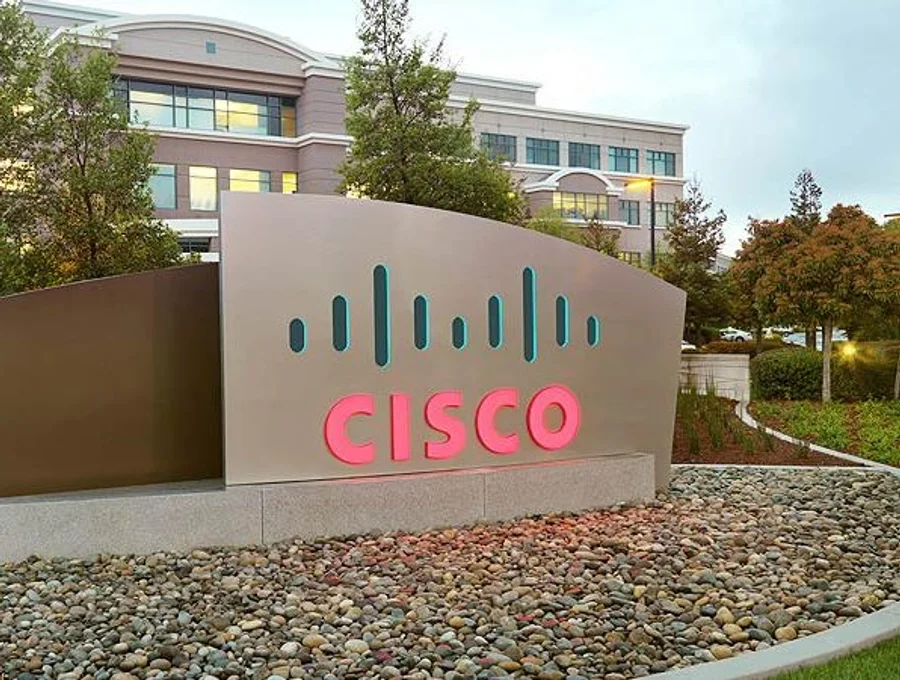Cisco introduces AI-powered wireless system with built-in security, as telcos prepare for increased enterprise demand for smart workplace solutions.
The wireless networking landscape has transformed significantly since Wi-Fi’s introduction in 1997. Each new standard has brought increased speeds and capabilities, yet the shift to Wi-Fi 7 marks a distinct turning point for telecommunications providers.
This latest standard arrives as enterprise customers demand more from their networks, driven by the rising use of Internet of Things devices and AI applications.
Previous Wi-Fi standards focused primarily on speed improvements. Wi-Fi 6, introduced in 2019, delivered theoretical speeds of 9.6 gigabits per second, while Wi-Fi 5, launched in 2014, reached 3.5 gigabits per second. However, telecommunications providers now face more complex challenges beyond raw speed: network security, device density, and the ability to support mission-critical applications in industrial settings.
Cisco, the world’s largest networking equipment manufacturer, has introduced a new Wi-Fi 7 platform that integrates AI capabilities with enhanced security features for telecommunications providers and enterprise customers.
Wi-Fi 7, the latest wireless networking standard that enables speeds up to 46 gigabits per second, represents a significant advance over previous Wi-Fi generations. The technology allows network operators to support emerging applications such as augmented reality and industrial automation, while maintaining backwards compatibility with existing Wi-Fi infrastructure.
Cisco driving intelligent security
The platform includes AI-powered threat detection systems that automatically identify suspicious devices and encrypt data transmissions. These security features operate alongside self-configuring access points that can determine their geographic location upon activation.
For telecommunications providers, the system offers enhanced network monitoring capabilities through Cisco ThousandEyes, a network intelligence platform that identifies performance issues across both wireless and wired infrastructure. The platform provides real-time analytics and automated remediation recommendations to reduce network downtime.
Telecommunications providers can now offer enterprise customers advanced workplace analytics through the integration with Cisco Spaces, a location services platform that enables asset tracking and space utilisation monitoring. The system can track the movement of devices throughout a facility and generate usage patterns for facility management.
Carlos Sanchez Baena, Telco Manager at Fira de Barcelona, which hosts the Mobile World Congress event, says: “As high-bandwidth technology proliferates, the ability to support AR/VR and live-streaming is even more critical. That’s why we’re so excited Wi-Fi 7 from Cisco is here. They are the only provider we collaborate with for the most reliable, large scale and secure connectivity.”
New subscription model
Cisco has introduced a unified licensing model that allows telecommunications providers to manage both cloud-based and on-premises deployments through a single subscription. This approach enables network operators to transition between deployment models without additional licensing requirements.
The new licensing structure includes access to Cisco’s network management tools and security features. Telecommunications providers can adjust their subscription levels based on network usage and required features.
Christine Fierro, Senior Director of Edge & Core Solutions at Cisco, says: “Cisco’s new global use Wi-Fi 7 access points and Unified Licensing approach are an exciting and welcome change that simplifies their solution and makes it easier for clients to consume.”
Telco providers expanding enterprise service offerings
The introduction of Wi-Fi 7 comes as telecommunications providers seek to expand their enterprise service offerings. The technology enables providers to support applications requiring high bandwidth and low latency, such as industrial automation and virtual reality systems.
Cisco says the platform’s AI capabilities allow telecommunications providers to offer predictive maintenance services and automated network optimisation. These features can reduce operational costs while improving network reliability.
Brandon Butler, Senior Research Manager at technology research firm IDC, says: “Wi-Fi is a ubiquitous technology that is a critical enabler of everyday and mission-critical communications for organisations across the world. In recent years, the industry has seen increased adoption of networking platforms to take advantage of simplified operations, powered by AI.”



